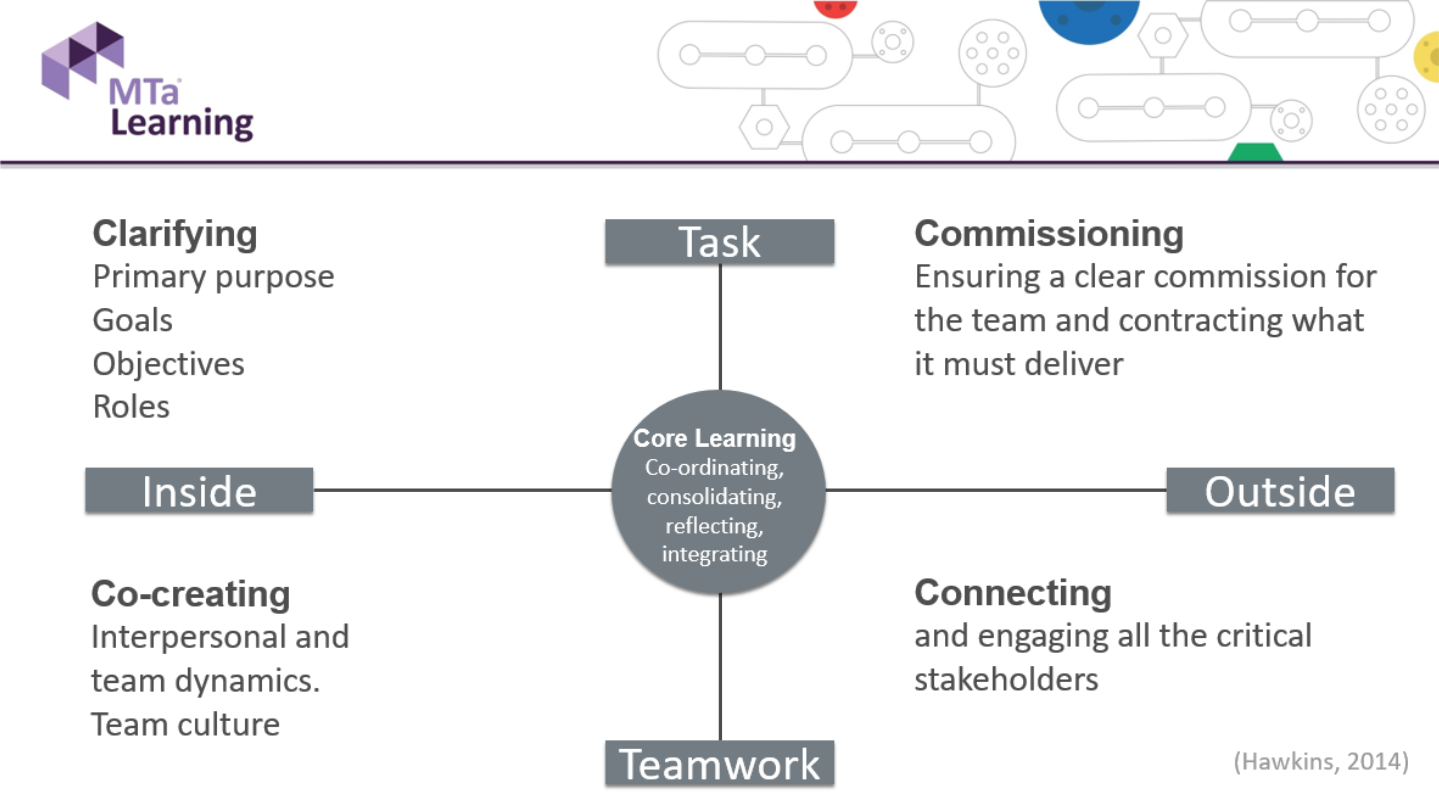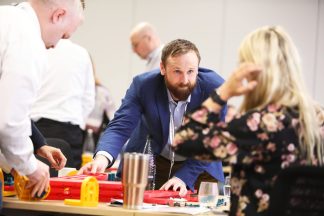Improving your team with Over The Bridge; Jamie’s activity guide
Providing an in-depth look into MTa favourites, Jamie, Alex and James have created this series to share with you a detailed understanding of the activities which engage audiences and deliver considerable learning.
Why is it a good activity?
Over the Bridge is an engaging activity which enables people to improve their teamworking and communication skills. Additionally, customer focus and goal orientation are vital to succeed. It accurately reflects the work place and helps to develop high performing teams. It can be found in the MTa Team Kit and is suitable for groups from four to four hundred!
“Over the Bridge has evolved as part of the MTa toolkit for 37 years and continues to delight, excite and develop those involved.”
In what context has it been used and what benefits has it brought?
As MTa’s oldest and longest serving activity we can’t think of a context where Over the Bridge hasn’t been used. From yacht crews to senior leadership within communication giants everyone benefits from these valuable lessons:
- The significance of unambiguous communication when defining objectives
- The importance of valuing different perspectives
- The value of effective planning and using time and resources efficiently
Why is it such a powerful task?
The task is so powerful because it replicates the same behaviours that are seen in the workplace and has a theoretical underpinning.
From a theoretical perspective it supported by all of Peter Hawkins’ Five C’s for high performing teams (Commission, Clarifying, Co-creating, Connecting and Core learning).
The brief reflects the real world with unclear information, multiple objectives and tight deadlines. These factors mean that participants have to accurately understand what the customer is looking for, derive a shared understanding and collaborate to complete the task.
To achieve the objective participants are compelled to collaborate on developing ideas and designs. As these designs progress, new issues present themselves which require the expertise of the team to solve. This forms part of the ‘Co-creating’ stage and requires team members to have open discussions but also to be able to seamlessly switch between being a leader and a follower.
From a bigger picture perspective there is also a clear need to focus on the customer and what they want both from an internal and external view. This fits into the ‘Commission’ part of Hawkins model as teams understand what stakeholders are asking of them.
From an external view, assumptions are made about what teams think the customer wants. This leads to frustration and dysfunction and it is only through asking the stakeholder (you) questions can they achieve their objective. This feeds into the ‘Connecting’ stage as the teams seek to empathise and understand the needs of their external stakeholders.

From an internal perspective we typically see teams divide into two with one team building the bridge and the other the vehicle. For high performing teams this is a demonstration of ‘Clarifying ’ as the sub teams work in harmony to achieve the objective with a clear split in roles and responsibilities. For a team with poor communication the limited number of components can create competition.
This dysfunctional behaviour is addressed in the review stages as teams seek to develop further which forms ‘Core Learning’, the last part of Hawkins’s model. Over The Bridge has two review phases, one in the middle and one at the end, which leads to more core learning as new styles and approaches are tried after the first review.
How do you ensure that learning is embedded?
Learning is embedded through a combination of the activity and post activity reflections. The close link between the workplace and activities allows participants to make inferences from their jobs to the activities. In the first instance, individuals reflect on how they interacted and their contributions. These are then considered in a facilitated group discussion which allows the exploration of potentially dysfunctional behaviours to be dealt with in a safe environment.
What feedback have you had after this activity?
The feedback we’ve had has always been positive with participants learning to ask more questions and to communicate more openly.
When participants return to work their managers tell me that they seek to fully understand a brief before starting it and demonstrate a higher attention to detail, increased proactivity and are more willing to discuss their interpretation of what they’re being asked to do.
“Managers tell me that participants demonstrate a higher attention to detail, increased proactivity and are more willing to discuss their interpretation of what they’re being asked to do.”
In addition, we observe that participants communicate more openly and more regularly with one another. This ultimately results in teams being more collaborative, flexible and able to deal with conflict which keeps them performing at a high level.
Over the Bridge has evolved as part of the MTa toolkit for 37 Years and continues to delight, excite and develop those involved.
Any tips for using this activity for the first time?
As it’s a long task it isn’t suitable to be the very first activity on a training course but with the depths of insights that can be drawn from Over the Bridge it works well almost any other time.
My top tips:
- Avoid being sucked into the activity.
- Answer just the question being asked and use the reference sheet to help you.
- Don’t get drawn into arbitration about who can use which piece when.
- It’s the process that teams go through that is important not the end result.
- If energy is low bring some closure by allowing participants to complete their structures and vehicles.
If you find that participants are struggling you can give them more information but be warned that by doing so they may look to you as being the leader which can negatively impact the learning.

“We’re always open to answering your questions so do get in touch if you have any before you start.” Jamie Thompson – Managing Director
If you want to run Over The Bridge within your organisation you’ll need the MTa Team Kit and you can further develop your facilitation skills on our Facilitator Masterclasses.

